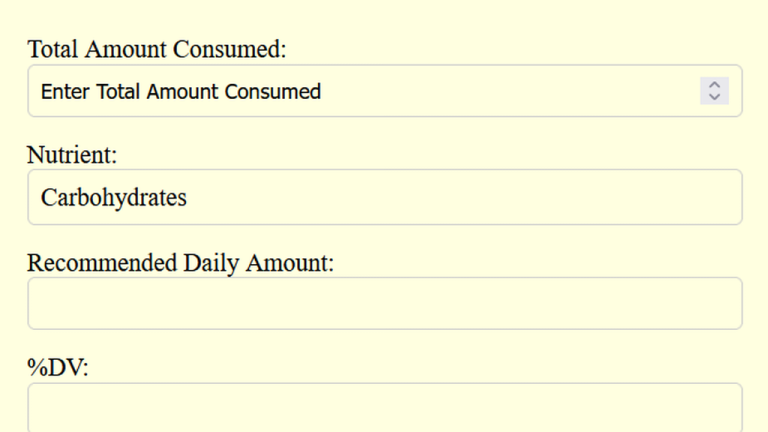Risk Difference Calculator [Relative Risk Calculator 2025]
To find the risk difference (RD), subtract the control group’s incidence (CIn) from the exposed group’s incidence (CIe).
To find the risk difference (RD), subtract the control group’s incidence (CIn) from the exposed group’s incidence (CIe).
RD = CIe − CIn
| Variable | Meaning |
|---|---|
| RD | Risk Difference |
| CIe | Cumulative Incidence (Exposed group) |
| CIn | Cumulative Incidence (Non-exposed group) |
Imagine two groups of people: one exposed to a treatment, and one not. In the exposed group, a few people get sick. In the other group, a few more (or fewer) do. The Risk Difference Calculator helps you see the real gap—the actual difference in risk between the two groups.
This tool is super handy in clinical studies, public health, and medical research. It shows the absolute risk difference in percentage form, helping you decide if a treatment actually makes a meaningful impact.
For example, the risk difference calculator confidence interval version helps you understand the range in which the real risk difference might fall. Tools like the relative risk calculator, attributable risk calculator, and odds ratio calculator are often used alongside it for deeper insights.
You can plug numbers from a 2×2 table, use an Excel risk difference calculator, or explore versions like the population risk difference calculator or risk value calculation tools. Want to know how to interpret risk difference or when to use it instead of relative risk? This calculator doesn’t just crunch numbers—it helps you understand what they mean.
To find your heart rate recovery, subtract your heart rate one minute after exercise from your maximum heart rate. Formula: HRR = MHR – HR₁min Table of Variables Variable Meaning HRR Heart Rate Recovery MHR Maximum Heart Rate HR₁min Heart Rate after 1 Minute of Rest What is a Heart Rate Recovery Calculator | Find…

To find the %DV, divide the total content of the nutrient by its daily value, then multiply by 100. Formula: %DV = (TC ÷ DV) × 100 Table of Variables Variable Meaning %DV Percent Daily Value TC Total Content (in grams, mg, etc.) DV Recommended Daily Value What is a %DV Calculator | Find…
To find the hill grade, divide the elevation gain (EG) by the horizontal distance (HD), then multiply by 100 to get the percentage. Formula: G = (EG / HD) × 100 Table of Variables Variable Meaning G Grade (%) EG Elevation Gain HD Horizontal Distance What is a Hill Grade Calculator: Let’s measure how steep…

Multiply your daily calorie intake by the recommended percentage ranges for carbs, protein, and fats, then divide by the respective calorie-per-gram values. The AMDR Calculator helps estimate the acceptable macronutrient distribution range (AMDR) for carbohydrates, proteins, and fats based on your daily caloric intake. AMDR ensures you consume macronutrients within healthy ranges to support energy…
To find your AMR, multiply your BMR (how many calories your body needs at rest) by your activity factor. Formula: AMR = BMR × AF Table of Variables: Variable Meaning AMR Active Metabolic Rate (calories burned per day) BMR Basal Metabolic Rate AF Activity Factor What is an AMR Calculator: Let’s know about Active Metabolic…